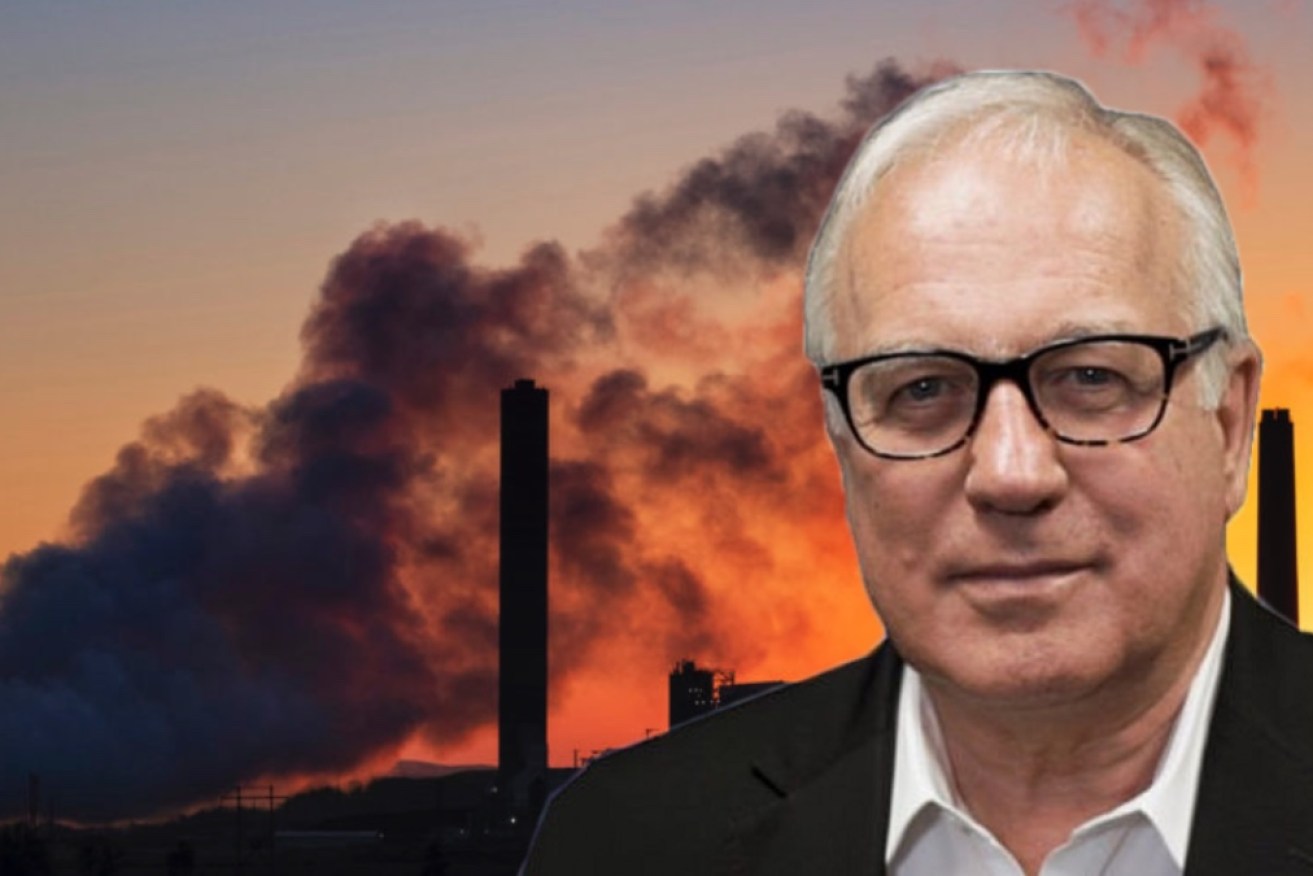Alan Kohler: To defeat climate change, Australia must do the impossible


The economic issues forcing so many cold sweats just now aren't anywhere near so threatening as the worsening climate crisis. Photo: TND
The argument between Labor and the Greens about new gas projects is strange and pointless. New projects must be included in the government’s emissions reduction target, which doesn’t change.
But it’s true that new mining and industrial projects of almost any sort will make it harder, and new fossil fuels will mean achieving that target goes from being almost impossible to impossible.
None of what the government has said about Australia’s latest plan to reduce emissions, or the media coverage of it, has properly conveyed its difficulty.
The politics has been all about the wonderful opportunity of the green energy economy, and how Australia is going to be a big winner.
This is mostly flim-flam, and sets the country up for a nasty shock.
Sure there will be opportunities – mainly digging up and shipping the lithium, copper and nickel needed for batteries, but we can’t make batteries here because of the carbon emissions that would cause, taking us over our limit.
But as hard as the emissions reduction task is going to be, it will have to be done. There is no choice, and it would be helpful if the government told the truth about it.
The plan is to reduce greenhouse gas emissions by 43 per cent from Australia’s 2005 level by 2030, and to net zero by 2050.

A dynamic threat to the planet on many fronts, climate change is responsible for droughts as well as floods. Photo: TND
That was an exercise in split-the-difference back-engineering: 43 per cent was roughly halfway between the Coalition’s 28 per cent target and the Green’s 75 per cent, so they started with that number and worked backwards. Spreadsheet jockeys were paid to assure them, and us, that it could be done, no problem, which they duly did.
There’s no mention of “apart from new gas projects” in the fine print. It’s unconditional, and it looks like an election promise that can’t be broken … unlike those about taxes.
Much of the work of emissions reduction has to be done by the 215 firms that each belch more than 100,000 tonnes of carbon dioxide a year into the atmosphere and are responsible for 28 per cent of Australia’s emissions. They have to cut their total emissions by about a third over seven years, from this year’s estimated 143 million tonnes to 100 million.
Sitting comfortably atop that list of very anxious big emitters is Woodside’s North West Shelf gas project, at 6.78 million tonnes last year. The company’s huge, lucrative Scarborough project is due to come onstream in 2026. and Woodside has said its emissions will be 880 million tonnes over 30 years, or about 30 million a year, on average.
All going well, and assuming no other new projects, that 4.9 per cent a year legislated requirement will have reduced the emissions of the 215 to 117 million tonnes by 2026. But suddenly, thanks to Woodside and Scarborough, emissions are back to something like 147 million tonnes – and now with only four years to go!
That presumably means the task – for everyone – in the last four years between 2026 and 2030 is a 9 per cent reduction per year, not 4.9 per cent, which is hard enough.
Pressure to reduce production
It’s actually amazing that the other 214 big emitters haven’t already marched on Canberra to support the Greens’ demand for no new projects, although they’re probably more worried about their own gas supplies.
Commonwealth Bank commodities analyst Vivek Dhar has figured out that the businesses covered by the safeguard mechanism will need to reduce their production by an average of 0.3 per cent a year to meet the 4.9 per cent a year reduction.

As Australia strives to reduce its carbon footprint, our coal is being burned in China and elsewhere. Photo: AAP
Considering that executives are paid bonuses to increase production and launch new projects to satisfy shareholders, that is going to require a very big and unlikely change in corporate culture and remuneration.
It results from the collective need, if they don’t reduce production, also calculated by Vivek Dhar, to reduce emissions intensity – that is, carbon dioxide per unit of production – by 35 per cent by 2030.
The National Electricity Market (NEM) is an example of what can be done on this score. Thanks to a huge increase in renewable power generation, the NEM has cut its emissions intensity in the seven years from 2014 to 2021 – by 24 per cent.
So the 215 largest Australian emitters are being asked to do almost 50 per cent better than the NEM has done with all the renewable electricity that’s been added to its grid.
They won’t cut production and can’t cut emissions intensity that much, so they’ll buy lots of offsets to obey the law, or Australian carbon credit units (ACCUs) that are generated by planting trees or not cutting them down.
Anticipating massive demand for ACCUs leading to a brutal carbon tax, the government has said that the price will be capped at $75 a tonne and then increased by CPI plus 2 per cent per year after that.
But that’s not quite true. That’s just the price at which government itself will trade them, as buyer and seller of last resort. Others can buy and sell them for whatever price they want.
Trees, millions of trees
And if the non-government market price goes above $75, no one will want to sell to the government at $75. So how will Energy Minister Chris Bowen get hold of enough to satisfy what is likely to be enormous demand for cheap government ACCUs?
That’s not explained, but it looks like Mr Bowen will have to create them, like the Reserve Bank prints money, by planting trees! Presumably we’ll see harried public servants driving around in utes packed with seedlings and spades, planting trees on every spare bit of dirt they can find.
Without government forests springing up everywhere, it’s likely that two things will happen:
- Companies in the safeguard mechanism will be forced to choose between cutting their production and losing market share to imports from countries with less rigorous climate change policies, or increasing their costs and prices by buying ACCUs
- The non-government price of ACCUs will go very high indeed, which will be a new cost to businesses in the safeguard mechanism, or those that have voluntary committed to net zero by 2050 themselves, and have said they won’t engage in “greenwashing” by buying cheap, dodgy offsets from overseas.
Normally I’d say that when this rubber hits the road in five years’ time, and everyone realises how hard and expensive the carbon abatement task actually is, politicians will run a mile and the country will go off the whole idea and exhume Tony Abbott to repeal Labor’s legislation again.
Except that it can’t and won’t be abandoned because in five years’ time, weather extremes and disasters will be much worse than they are now, and the looming catastrophe of two to three degrees of warming will be evident. The pressure to stop climate change will be inescapable.
Australia, and specifically the 215 hapless big emitters, will have to do the impossible, and the Prime Minister needs to start telling them and us that yesterday.
Alan Kohler is founder of Eureka Report and finance presenter on ABC news. He writes twice a week for The New Daily








